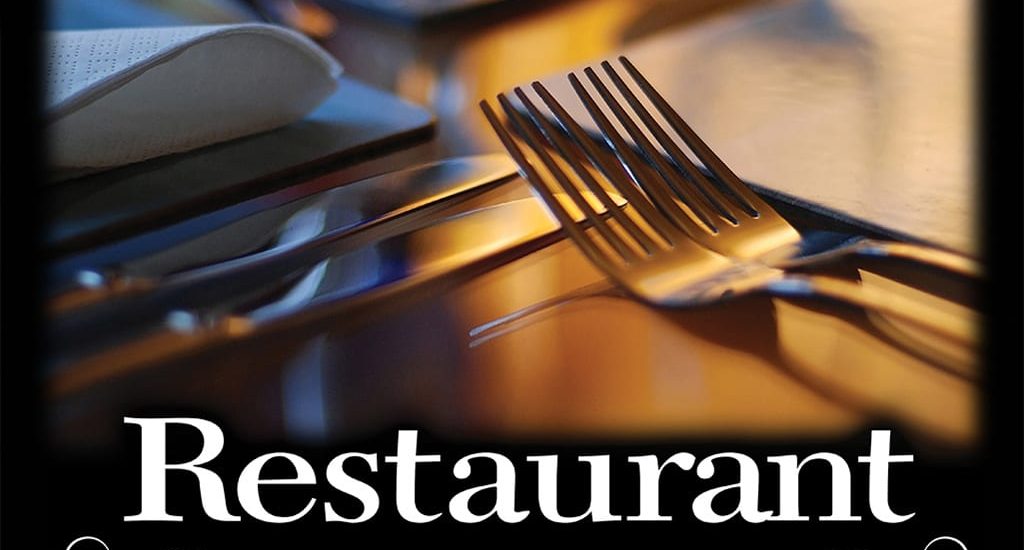5 Reasons Why You Should Have Restaurant System with Kitchen Order Tickets (KOT)
- April 3, 2023
- Posted by: simba001
- Categories: Benefits of POS, Business Insights

While “The pen is mightier than the sword” in many cases, the last thing a crowded restaurant needs is a waiter taking orders with a pen. Just imagine the kitchen staff squandering their time, order after order, just to decipher which dishes have been ordered by customers by squinting at a paper KOT that could be easily lost, or worse – incinerated in the kitchen.
When your restaurant is bustling with customers, you definitely do not want any of the events above to happen. Fortunately, to curb all these man-made errors and to increase order processing speed, there is a wonderful solution: automated kitchen order ticket, or KOT system.
What is a KOT or kitchen order ticket?
A kitchen order ticket, or KOT, is traditionally a slip of paper containing a customer’s order information. It usually consists of the timestamp denoting when the order was placed, the table number, the menu items ordered along with their respective quantities, and specific comments that a customer might add as their preferences.
Kitchen order tickets have evolved since their inception. To illustrate this evolution, let us consider an example of a fictional restaurateur, Mr. Mutua, who owns the restaurant Southside Savories.
Evolution of Kitchen Order Ticket System
Southside Savories initially used a primitive order taking system. When a customer places an order, the waiter would listen to it, memorize it, and then verbally relay it to the kitchen staff. This was working fairly well, until they started receiving more patrons. The drawbacks of this method were rather evident, and Mr. Mutua quickly understood why there weren’t many repeat patrons despite the delicious food.
Mr. Mutua decided to generate kitchen order tickets to enhance the restaurant’s efficiency. For his wait staff, he purchased notepads with multi-color pages and carbon copy sheets. He instructed them to send one copy to the kitchen, retain one copy with themselves to alter the kitchen order tickets based on customer’s needs, and send the third copy to the cashier for billing.
Although the restaurant seemed to become slightly more effective, he noticed a few disgruntled customers due to service delays or order mix-ups. Furthermore, Mr. Mutua found it tedious to sit for hours at the end of each day, going through every KOT and tallying the day’s accounts.
Mr. Mutua finally realized that he can install a restaurant POS software with an automated KOT system. He invests in procuring technology to help accelerate the restaurant operations. And voila! Southside Savories’ wait staff could alert the kitchen on customer orders with a single click. One of Mr. Mutua’s tech-savvy friends, Mr. Paul, educated him on the benefits of implementing kitchen display systems to further improve efficiency. Mr. Mutua went to install a kitchen display system as well. As of today, Mr. Mutua receives over 1000 orders a week, and is all set to open a second restaurant.
An important insight that we observe from the above story is that manual KOT process cannot be profitable in the long run. Though it may seem straightforward to use, here are 3 reasons why manual KOTs are NOT sustainable in the long run:
1. Manual KOT process requires a lot of effort.
By manually noting down kitchen order tickets, your wait staff must oscillate between the kitchen and the tables. This increases the overall wait time for customers, which negatively impacts their experience, causing dissatisfaction.
2. Manual KOT process requires extensive training.
Your wait staff need to remember the different types of KOTs that have to be created, such as:
- Suivant KOT: This KOT is created in case the customer places an order for a dish after their first order.
- En Face KOT: KOT placed when a customer is not satisfied with a particular dish and requests for a replacement.
- Supplement KOT: KOT created when the sides served along with the main course are insufficient for the customer and they request for more.
- Complimentary KOT: Complimentary kitchen order tickets are placed when certain dishes are offered for free to delight a dissatisfied customer or for promotions.
- Administrative & General KOT: KOT raised when top executives of the restaurant dine in.
Remembering each kitchen order ticket type is a tedious process, which can be completely automated.
3. Manual KOT process is prone to errors.
To err is to human, and errors made while creating KOTs can be costly for a restaurant. Manual KOT process can result in missed out or delayed orders, and order inaccuracies. These can reduce a customer’s delight drastically, resulting in negative word-of-mouth and a reduction in referrals.
5 Amazing Benefits of Adopting a KOT Software
Automating kitchen order tickets in your restaurant is effortless. Here are 5 amazing benefits of adopting a KOT software:
1. Multi-Kitchen Integration
You might have to create multiple copies of a single KOT if your restaurant has multiple kitchens. You must ensure even distribution of these copies, along with specific instructions regarding the preparation. An automated KOT software sorts each menu item automatically based on categories created on your POS system. When you punch in the KOT, the POS system splits the dishes among the kitchens, saving you time and effort.
2. Reduction in discrepancies
Sometimes your wait staff could misplace orders, miss out on a few items on a particular KOT, or deliver the wrong order. An automated KOT software eliminates them. Since KOTs bear the table number, along with a token number, there is an ease in order differentiation and bill generation.
3. Improved restaurant efficiency
With a robust kitchen order ticket system, you can ensure your kitchen receives KOTs in real time. Your wait staff can interact with customers and provide a delightful experience, since they don’t need to shuttle between the kitchen and the table. Additionally, this reduces the turnaround time and increases customer satisfaction.
4. Easy online order integration
Restaurateurs are sometimes overwhelmed with the large amount of online orders that are generated through online food ordering apps. An automated kitchen order ticket software guarantees notification of every order and leaves no room for mistakes.
5. Real time reports generation
Manually auditing KOTs involves long hours and too much manual effort. An automated KOT software helps your generate real-time reports that help you track every order placed. Aside from providing insights on your sales, inventory, and staff productivity, it facilitates the management of multiple restaurants through a single screen.
An upgrade to automated kitchen order ticket software is a kitchen display system, also called KDS. Aside from helping you manage orders and update real time preparation status, it eliminates the need for paper and printers, making your restaurant eco-friendly.
Implementing an automated kitchen order ticket system is straightforward, and additional features such as a robust kitchen display system can enhance your restaurant’s efficiency, take the pressure off your kitchen staff, and provide your customers a delightful experience.
Whenever your restaurant becomes packed, automated KOT software will keep orders on track!
At SimbaPOS, our mission is to empower businesses for GROWTH by providing Affordable, Reliable and Easy to Use Point of Sale Systems. Contact us today on 0700 001779 for demo/installation or send Email





